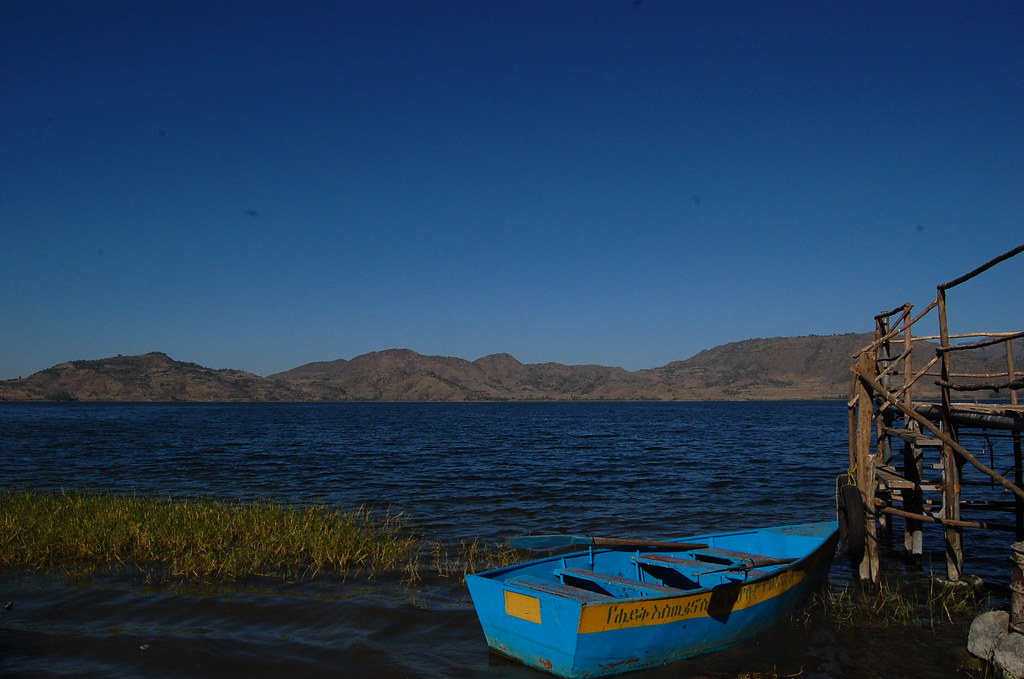Previously I noted the inherent redundancy of places named River Ouse in England. The literal translation worked out to something like Water River or even River River. Similar repetitions occurred likewise wherever one language overlapped another. That happened as new settlers migrated into territory occupied and named previously by earlier cultures.
Then I found a discussion of the Ouse situation on the Stack Exchange English Language & Usage website. It included one particularly fascinating comment that illustrated a similar point using a different English location:

“There are other similar anomalies in place names in the British Isles. One of my favourites is Pendle Hill. The word ‘pen’ means hill. Later, the next incomers changed the hill’s name to ‘Pendle’, meaning ‘hill hill’. And then the next incomers, not knowing the etymology (and sadly lacking an internet) called it Pendle Hill or ‘hill hill hill’, so Pendle Hill really, really, really is a hill, because anything said three times is the truth.”
In Pendle Hill’s case (map), it came from the Cumbric pen in its earliest form, then combined with Old English hyll to form Pendle, then later appended with the modern English hill. Pen, Hyll and Hill all meant the same thing essentially. I found another place in England, Torpenhow Hill, that some alleged translated to Hill, Hill, Hill, Hill. Unfortunately, the evidence debunked this erroneous etymology. What a pity.
Plenty More
Wikipedia contained a long list of similar tautological place names.
“A place name is tautological if two differently sounding parts of it are synonymous. This often occurs when a name from one language is imported into another and a standard descriptor is added on from the second language.”
Dictionaries described tautology as a logical or rhetorical redundancy that applies broadly. It extends far beyond the topic of geography.
The frequency of tautological place names surprised me. For example they included familiar names like the Mississippi River (Mississippi being Algonquian for Big River, making it Big River River). Or Lake Michigan (Michigan coming from Ojibwa via a French mispronunciation as Large Lake, making it Lake Large Lake).
I stole a handful of examples from the very expansive list and ruminated upon them further.
Dodecanese Islands

The Dodecanese Islands (map) in the Aegean Sea formed Greece’s southeastern extreme. The largest and most well know is probably Rhodes. In ancient time it offered the Colossus of Rhodes, one of the original Seven Wonders of the World. The island of Kos also had a lengthy pedigree and Homer even mentioned it by name in the Iliad. Still another, Patmos, was where the apostle John wrote the biblical Book of Revelation. Clearly renowned places existed amongst the Dodecanese Islands. The major islands within the group numbered twelve in total plus numerous smaller island.
Dodecanese was Greek for Twelve Islands. So the commonly Anglicized place name created something like Twelve Islands Islands.
Lake Hayq

I selected the next example in Ethiopia. Frankly, I wanted to put a push-pin on Ethiopia on my Complete Index map. Africa had been sadly underrepresented on 12MC. So I used this as an opportunity to add one more. Lake Hayq (map) provided that possibility.
Hayq had an interesting creation myth:
“According to a local legend, the lake was created to avenge a pregnant woman who was wronged by a princess. God was greatly angered by this injustice, and in his wrath turned all of the land surrounding the woman (except the ground she was sitting on) into water forming a lake, destroying the princess along with her friends and family in the process. Where the pregnant woman was sitting became an island (now a peninsula) where Istifanos Monastery, founded in the middle of the 13th century by Iyasus Mo’a, is located.”
Hayq was Amharic for lake, so calling it Lake Hayq was equivalent to calling it Lake Lake.
La Brea Tar Pits

I visited La Brea Tar Pits in Los Angeles, California a number of years ago (map). It made the list for that simple reason. I found it oddly wonderful that I was able to visit an important paleontological site in such a completely urban environment.
Natural deposits of tar oozed up to the surface over thousands of years. Sometimes leaves or dust would blow across the surface making it appear solid and indistinguishable from surrounding terrain. Along would wander some Ice Age critter stumbling into the tar, unable to extricate itself, and die. Repeat that innumerable times and scientists are still removing their bones for study today.
“The Rancho La Brea biota is one of the world’s richest and most diverse late Pleistocene terrestrial assemblages. At the last census, in 1992, the collection exceeded 3.5 million specimens. The diversity of species (~ 600), the quality of preservation, and the large numbers of specimens makes this collection invaluable for the study and understanding of the end of the last Ice Age in North America. Rancho La Brea is perhaps best known for its extensive holdings of carnivorans, of which dire wolves (Canis dirus), saber-toothed cats (Smilodon fatalis), and coyotes (Canis latrans) predominate among the 60 plus species of mammals.”
La Brea was Spanish for The Tar, so La Brea Tar Pits meant The Tar Tar Pits. Oftentimes, compounding this, sources referred to the site as The La Brea Tar Pits (even the museum located on the site called itself “Page Museum at the La Brea Tar Pits” on one of its pages). That would make it The The Tar Tar Pits.

Leave a Reply